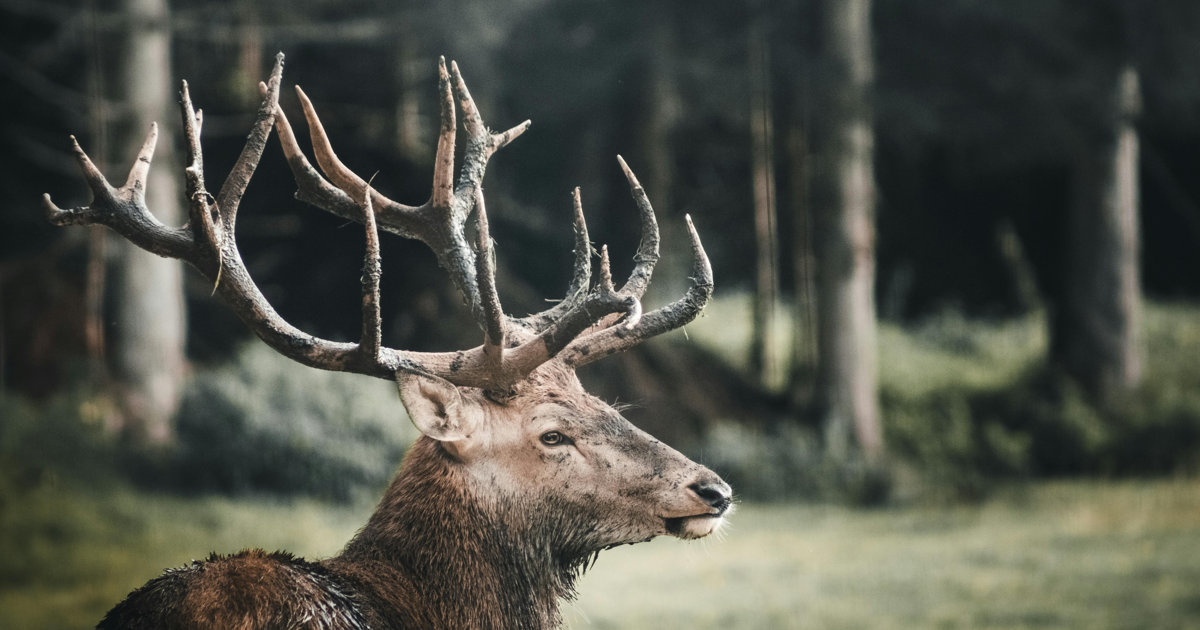
It’s rutting season for the elk at Yellowstone National Park, and for us humans that means one thing.
Stay well away from the elk.
That’s according to the park rangers, who recently published a statement warning visitors to stay aware of the dangers of wild animals in the park.
This recent warning related particularly to the majestic elk that roam the National Park.
During the summer, six or seven herds of elk – totalling 10,000 – 20,000 of these beasts – roam the park; during the winter, they usually take themselves off to somewhere with a lower elevation. This means that these animals – the second biggest in the deer family – spend their mating season at the national park.
Though the elk are very impressive creatures, the male elk become particularly territorial and aggressive. In the past, this has resulted in serious injuries to visitors to the park who did not follow safety advice. In the statement, park rangers warn:
“Bull elk are unpredictable and much more aggressive during this time of year and people have been severely injured. Elk run quickly and may change direction without warning. Attacks can be unprovoked and unpredictable.”
This warning particularly applies to male (bull) elk due to their aggressive nature during mating season. It is also a result of their huge weight, and the very large antlers on their heads. A bull elk usually weighs around 700 pounds, and measures 8 feet from nose to tail.
But don’t take the absence of antlers to mean that an elk is safe to approach. The female elk can be territorial too, especially when her calves are around; and at approximately 500 pounds, and 6.5 feet from nose to tail, a female elk is still not to be messed with!
In an article about safety at Yellowstone, the rangers explain that elk should never be approached, due to the seasonal challenges around rutting and calving. Not only is approaching elk dangerous, they can also provide a hidden danger to the unsuspecting visitor, and could provide a problem to motorists too:
“Cow elk are especially fierce and protective around their calves in the spring. Around Mammoth Hot Springs, they often hide calves near cars or buildings. Be cautious when exiting buildings or approaching blind corners. In the fall, bull elk battle for access to cows and challenge other males during the rut. They also charge cars and people who get too close.”
In order to stay safe, the park rangers offer the following advice in their statement:
- “Always keep at least 25 yards (23 m), or the length of two full-sized buses, from elk.”
- “If an elk approaches you, back away immediately.”
- “Look around corners before exiting buildings or walking around blind spots.”
- “If an elk charges or runs towards you:
- Find shelter in your vehicle or behind a tall, sturdy barrier as quickly as possible.
- If nearby shelter is not available, run away.”
Because of their impressive appearance and majestic presence in the park, the elk are among the most photographed wildlife at Yellowstone. With this in mind, the rangers also offer specific advice for the keen photographer, who might be tempted to get a little closer to take that perfect shot.
“Give them room, use your zoom. Never approach or pursue animals to take their picture. Lenses with focal lengths of 300mm or greater are recommended for adequate reach.”
With all of this information in mind, visitors can watch the elk safely from afar at any time of year.
If you enjoyed that story, check out what happened when a guy gave ChatGPT $100 to make as money as possible, and it turned out exactly how you would expect.